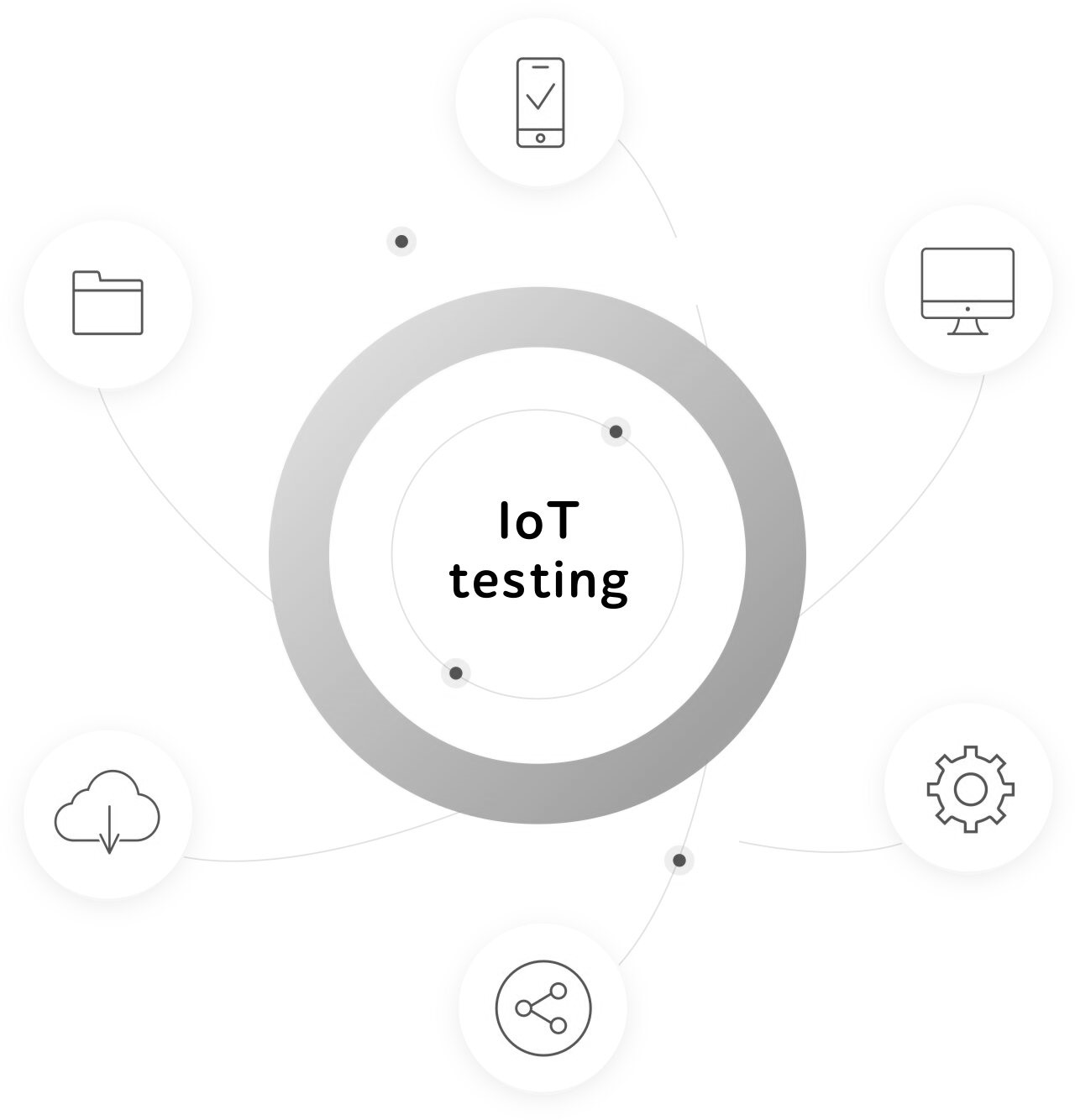Protect your programme from errors, snags, and security threats both on-premises and in the cloud.
Comprehensive cloud testing services
We have what you need, whether you need end-to-end testing expertise or a solo solution.
Access to the necessary equipment
IoT testing necessitates having access to a wide range of gadgets. IoT-based apps function in a dynamic environment with a variety of unique hardware and sensors, in contrast to normal ones.
TestWorx's team can test on genuine devices or simulate any IoT device thanks to their own fleet of mobile devices. This allows for full test coverage, whether it's for IoT device penetration testing or other important project duties.
Scenario complexity
IoT testing becoming ever more difficult as the number of use cases and applications increases.
Even for the most unlikely scenarios, we can develop and carry out specialised test cases thanks to our significant knowledge and device virtualization.
Security
One of hackers' preferred routes is IoT now. Security flaws are becoming a top issue for owners of IoT products due to the steadily growing number of linked devices.
We are able to recognise security dangers thanks to our in-depth knowledge of IoT architecture and to counter them by putting multi-layered security tests in place that adhere to OWASP best practises.
Platforms and protocols come in a variety.
Numerous protocols exist, providing another another level of complexity. Now, IoT QA and testing engineers must verify both the compatibility of many protocols as well as their individuality.
For the full interoperability of your IoT network, Testworx has access to cutting-edge testing frameworks, knowledgeable IoT QA specialists, and device simulation tools.
Put an emphasis on IoT penetration testing
Nowadays, both small and large enterprises are utilising ubiquitous internet to provide their clients improved services. As a result of the widespread use of these connected devices and their security flaws, fraudsters are drawn to this technology.
To assure the highest software quality, our experts evaluate every possible combination of devices and sensors using automation and sophisticated simulation tools.
Testworx is aware of how crucial user confidence in your IoT network security is. To find every potential flaw in your programme, our professionals use white-hat hacking techniques.
The method we use for security testing

Planning
We identify the objectives of your project, the setup requirements, and the testing schedule in the first stage of the business study.

Testing
We examine IoT devices and applications manually and automatically for vulnerabilities that could compromise the security of your data.

Reporting
We deliver thorough reports on our findings throughout the
IoT device penetration testing cycle, which include:
• Identified weaknesses
• Tools and techniques for utilising system flaws
• Advice on how to deal with the identified hazards